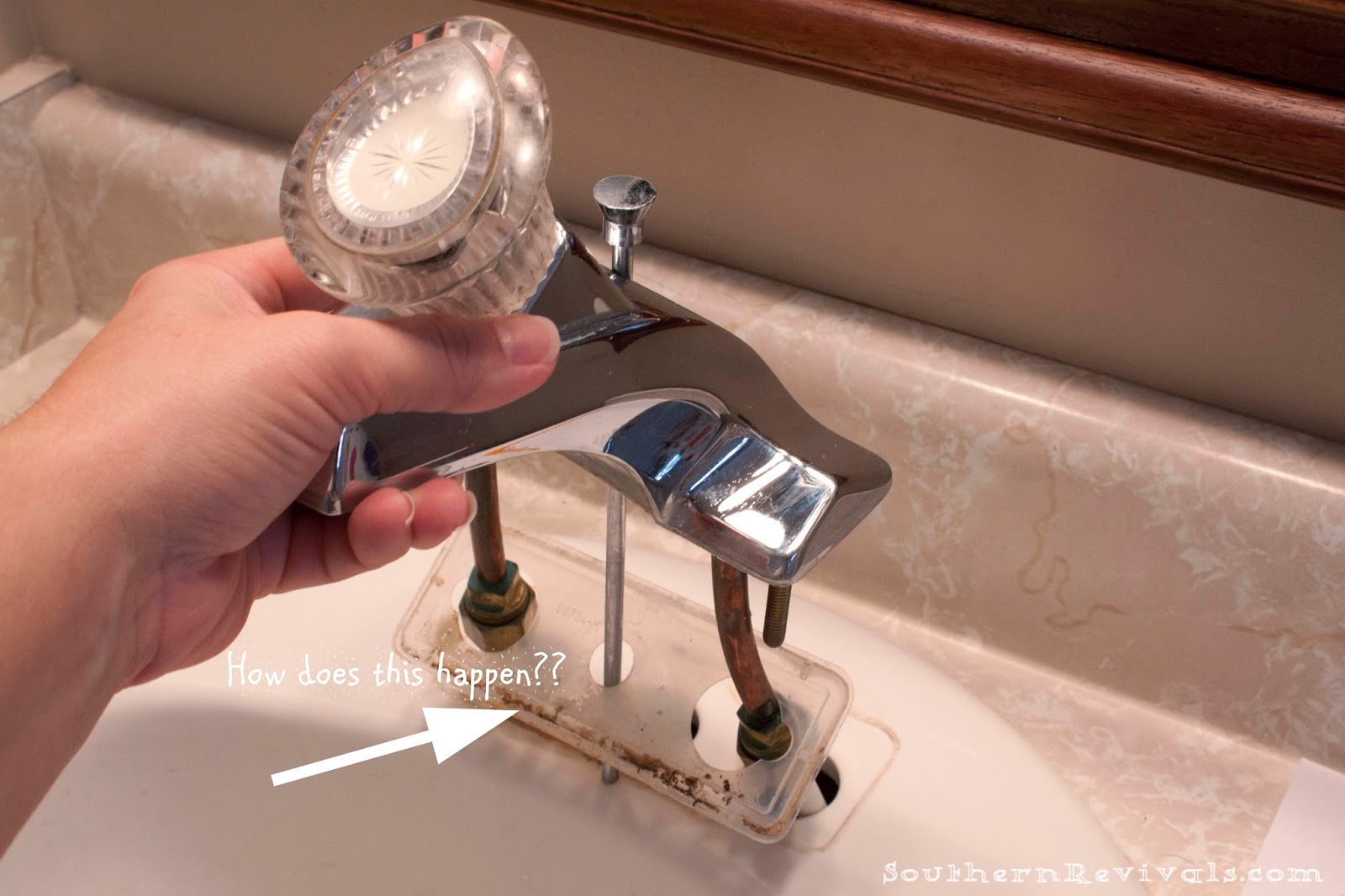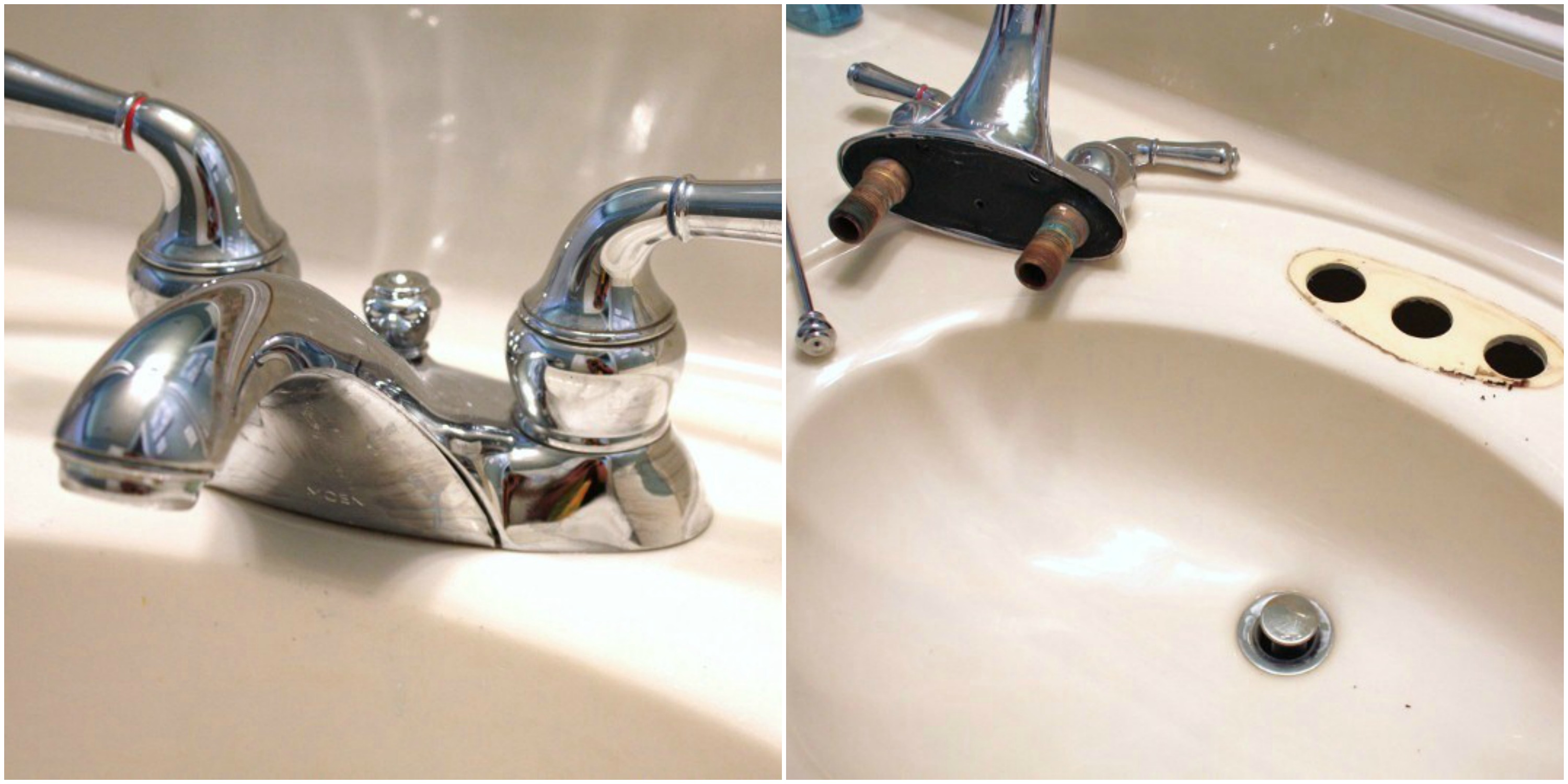Gathering Tools and Materials
Before embarking on the installation process, it’s crucial to gather all the necessary tools and materials. Having everything readily available will streamline the process and prevent unnecessary delays.
Tools Required
Having the right tools is essential for a successful installation. The following list Artikels the essential tools needed for installing a Moen bathroom faucet:
- Adjustable Wrench: An adjustable wrench is indispensable for tightening and loosening nuts and fittings.
- Channel-Lock Pliers: Channel-lock pliers are useful for gripping and turning various components, particularly in tight spaces.
- Slip-Joint Pliers: Slip-joint pliers offer adjustable jaw openings, making them versatile for gripping different sizes of fittings.
- Phillips Head Screwdriver: A Phillips head screwdriver is essential for removing and installing screws associated with the faucet and mounting plate.
- Flathead Screwdriver: A flathead screwdriver is often needed for removing and installing screws with slotted heads.
- Plumber’s Tape (Teflon Tape): Plumber’s tape is crucial for sealing threaded pipe connections to prevent leaks.
- Thread Sealant: Thread sealant is a liquid sealant applied to threaded pipe connections for added security against leaks.
- Level: A level is necessary to ensure the faucet is installed straight and horizontally.
Materials Required
The following materials are essential for installing a Moen bathroom faucet:
- New Faucet: The new faucet is the centerpiece of the installation, ensuring a fresh and functional fixture.
- Supply Lines: Supply lines connect the faucet to the water source and are typically made of braided stainless steel or flexible plastic.
- Mounting Plate: The mounting plate secures the faucet to the sink or countertop, providing stability and a clean aesthetic.
- Adapters (If Needed): Adapters are required if the faucet’s connection points differ from the existing plumbing configuration.
Determining the Correct Supply Lines
Choosing the right supply lines is crucial for ensuring proper water flow and preventing leaks. The following factors determine the correct size and type of supply lines:
- Faucet Connection Size: The faucet’s connection points dictate the size of the supply lines needed. Common sizes include 1/2-inch and 3/8-inch.
- Plumbing Setup: The existing plumbing configuration determines the type of supply lines required. Some setups may necessitate specific adapters or fittings.
- Length: The distance between the faucet and the water source dictates the length of the supply lines needed.
Shutting Off the Water Supply: How To Instal Moen Bathroom Faucet

Before you begin installing your new Moen bathroom faucet, it is crucial to shut off the water supply to the sink. This prevents water from spilling and creating a mess during the installation process.
Locating the Shut-Off Valves
The shut-off valves for your bathroom sink are typically located beneath the sink or on the wall behind it. They are usually brass or chrome-plated and have a handle that can be turned to control the water flow. In some cases, the valves may be located in the basement or utility room.
It is essential to identify the correct shut-off valves for your bathroom sink. You can usually distinguish them by their location near the sink and the type of pipe they connect to.
Turning Off the Water Supply
Once you have located the shut-off valves, turn them off completely by turning the handle clockwise. You will know the valve is fully closed when it stops turning.
If the valves are old or stiff, you may need to use a wrench to turn them.
Checking for Leaks, How to instal moen bathroom faucet
After turning off the water supply, it is essential to check for leaks. To do this, turn on the faucet and look for any signs of water dripping or spraying. If you find a leak, tighten the shut-off valves further.
If the leak persists, you may need to replace the shut-off valves.
Safety Tips
When working with water pipes, it is essential to take safety precautions:
- Always turn off the water supply before working on the pipes.
- Wear safety glasses to protect your eyes from debris.
- Use gloves to protect your hands from sharp edges.
- Be careful not to overtighten the shut-off valves, as this can damage the pipes.
Finishing Touches

Once you’ve successfully connected the faucet and tested its functionality, it’s time to complete the installation process with a few final steps. These steps ensure a clean and functional setup, ready for everyday use.
Cleaning and Testing
After the installation, it’s essential to clean up the area and ensure the faucet functions flawlessly.
- Wipe down the faucet and surrounding area with a soft cloth to remove any dirt or debris accumulated during the installation process.
- Test the faucet thoroughly by running water through all the spouts and handles to ensure proper water flow and temperature control.
- Check for any leaks around the faucet base, handles, or spout connections. If you find any leaks, tighten the connections carefully.
Faucet Maintenance
To ensure your new faucet’s longevity and optimal performance, follow these maintenance tips:
- Clean the faucet regularly with a soft cloth and mild soap. Avoid harsh chemicals or abrasive cleaners, as they can damage the finish.
- Wipe away any water droplets or spills immediately to prevent mineral buildup. Hard water can leave behind mineral deposits that can be difficult to remove.
- Inspect the faucet periodically for signs of wear or damage. If you notice any issues, address them promptly to prevent further problems.
Troubleshooting
Although installation is straightforward, you might encounter some minor issues. Here are some common troubleshooting steps:
- Leaking Faucet: If the faucet leaks, check the connections for tightness. If the connections are tight, there might be a faulty cartridge or washer. Consult the manufacturer’s instructions or contact customer support for guidance.
- Low Water Pressure: Low water pressure could be caused by a clogged aerator or a problem with the water supply line. Clean the aerator or check the water supply line for any obstructions.
- Difficult Handle Operation: If the handles are stiff or difficult to operate, the problem might be due to mineral buildup or a worn-out cartridge. Clean the handles or replace the cartridge as needed.
